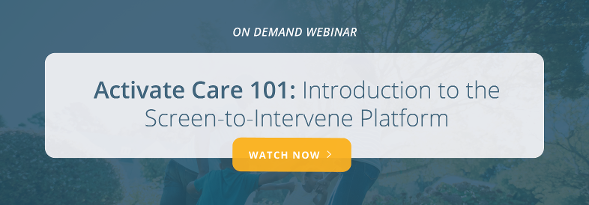There is widespread recognition in the United States that the nation needs to invest more in strategies to address the social determinants of health as a way to bring down the costs of healthcare and improve health and social outcomes, especially for underserved populations.
As healthcare systems take steps to address social needs, community-based organizations (CBOs) are key partners. Across the country, CBOs have long provided social services and care to people of all ages and their families to address community resource needs, promote health and behavior change, improve functional ability, and reduce social isolation.
This article begins with basic explanations of how CBOs operate, then reviews the primary ways healthcare and CBOs partner to deliver services to Medicaid populations.
What are CBOs?
Community-based organizations (CBOs) are nonprofit groups that work at the local level to improve life for people in need. CBOs can help people pay bills or find food, jobs, or places to live. CBOs can also help people with basic healthcare needs. In all these ways, CBOs perform a vital function in the American health and human services ecosystem, and account for nearly $200 billion in economic activity throughout the US, according to the Alliance for Strong Families and Communities.
How are CBOs funded?
CBO programs typically operate on razor-thin profit margins and are supported by a patchwork of grants, donations, and government contracts that rarely cover actual program costs, and often operate on a short-term basis. This lack of sustainable funding negatively impacts the ability of CBOs to grow, improve, and scale their services in the community. This is an upstream barrier making CBOs unable to invest in infrastructure and attract the support of healthcare payers and partners who require scale to comfortably contract out their services.
How do healthcare providers and CBOs partner to deliver services to Medicaid populations?
To meet the needs of their communities, state Medicaid models vary significantly in their design of policies to address health-related social needs and, by extension, social determinants of health. Here are the most common provider/payer arrangements that states use in Medicaid policy to align incentives for healthcare providers and CBOs:
- State plan definitions: By incorporating some social care activities, including assessing needs like homelessness and food assistance and linking to services that address those needs, into its definition of case management and home health services, a state can finance those activities through Medicaid.
- Medicaid waivers: States have the opportunity to innovate in Medicaid under specific agreements with CMS called waivers. One type of waiver, the HCBS Waiver, authorizes Medicaid spending on home and community-based services for people who need long-term care. Another waiver, the 1115 Waiver, gives states broad authority applicable beyond those who need long-term care.
- Medicaid managed care: Thirty-nine states and the District of Columbia contract with managed care organizations (MCOs) to deliver some or all Medicaid-funded services. This arrangement can be used to advance health and social care integration in various ways.
- Medicaid ACOs: Unlike Medicare ACOs, which are governed by federal rules and models, states have the flexibility to experiment with the design, requirements, and incentives structuring Medicaid ACOs, and may incorporate policies related to the social determinants of health in these arrangements, in line with other health policies.
